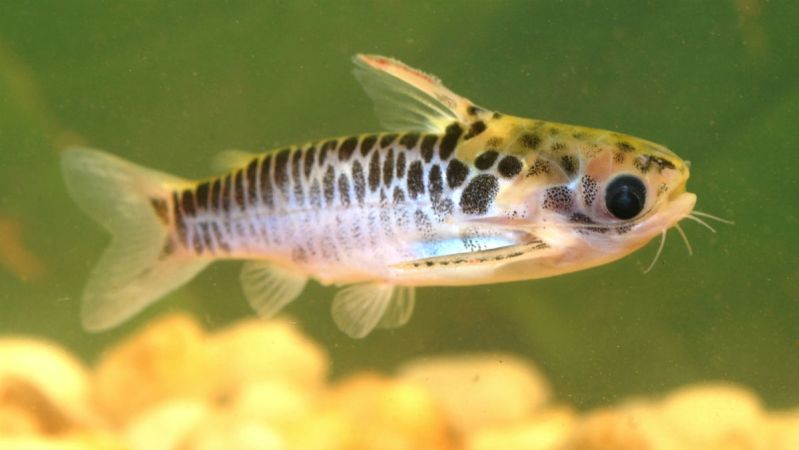It’s hardly news to say the Amazon rainforest is in peril and has been for more than two decades. Illegal mining and logging operations continue to decimate large swaths of the rainforest at an unimaginable pace. Thankfully, more and more South American countries are motivated and, more importantly, able to do something about it. In January 2018, the Peruvian government announced the creation of a new national park to safeguard more than two million acres of its own endangered land.
The Yaguas National Park is located near Peru’s border with Colombia in the northern region of Loreto. Its boundaries encompass a land mass roughly the size of Yellowstone National Park but with more than 10 times the diversity of flora and fauna. This is due in large part to the Putumayo River, an Amazon River tributary that runs through the heart of the park.

From a wildlife perspective, it’s a rich, varied, and critical ecosystem that’s home to more than 3,000 plant species, 160 species of mammals (like manatees and the Amazonian river dolphin), and 500 species of birds. Perhaps most importantly, it’s a vital piece of the country’s marine ecosystem with approximately 550 fish species that represent a full two-thirds of Peru’s freshwater fish diversity, which is among the richest assemblages of freshwater fish on the planet.
The advent of the automobile and subsequent boom in demand for rubber are arguably more responsible for the destruction of Amazon Rainforest land than any human act in history. The park’s creation is a long time coming, and has consequently been applauded by some of the world’s most active and well-respected environmental group. The South American-based Andes Amazon Fund has already pledged $1 million toward the park’s implementation.
Beyond the environmental damage, however, there’s been a very real human toll related to the rainforest’s decline. Some 29 communities — including 1,100 people from the Tikuna, Kichwa, Ocaina, Mürui, Bora, and Yagua tribes — call the area home. These are direct descendants of the area’s native people who rely on the land in general, and the endemic fish population in particular, to survive. For millennia, the area has been sacred land to their ancestors.
Alongside Chile and Argentina, Peru has long boasted one of the most diverse national park systems in the world. The creation of Yaguas National Park further cements their commitment to preserving the country’s most important and endangered lands.
Feature image courtesy of Andes Amazon Fund.


